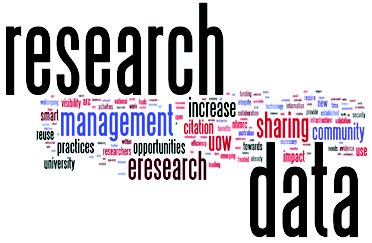
A Sydney with smarter transport systems is becoming more possible through the work of our Research Director Pascal Perez and IT Architect Matthew Berryman. They have built a decision support tool to help transport and land planners better understand the feedback between changes in land use and changes to Sydney’s transportation networks.
A key component of the model is a synthetic population. “We have their age, income, any preferred travel modes because we’re interested in transport, where they live where they work, We can put in where they like to shop”, says Matthew.
But there’s no need to get nervous about individual privacy: “We do work with the individual records from transport, actual people’s information, but we then turn into what is called ‘synthetic population’. We’re not actually dealing with real people, it’s dealing with a representation of people that, in a way, matches the properties of the population. We don’t actually have Joe Bloggs in there, age 31, but we have a certain number of people in the 30-35 age bracket with a certain amount of income, living in certain areas.”
The tool is not about providing a predictive model, but a model to explore the tipping points of the system, and to gain insights into human behaviour under different scenarios. These scenarios may range from different forecast populations to different transportation options, like a metro rail system, more frequent buses or more light rail.
To explore the different scenarios, and provide an understanding of the variability of these tipping points, the simulation must be run multiple times. Because of this, and the integration of different software components (including the model software, database, statistical processing software), the model is packaged up and deployed to a private cloud that SMART, in conjunction with UOW Information Technology Services, funded and built to provide IT infrastructure to this and other projects (for example, Map Jakarta).




